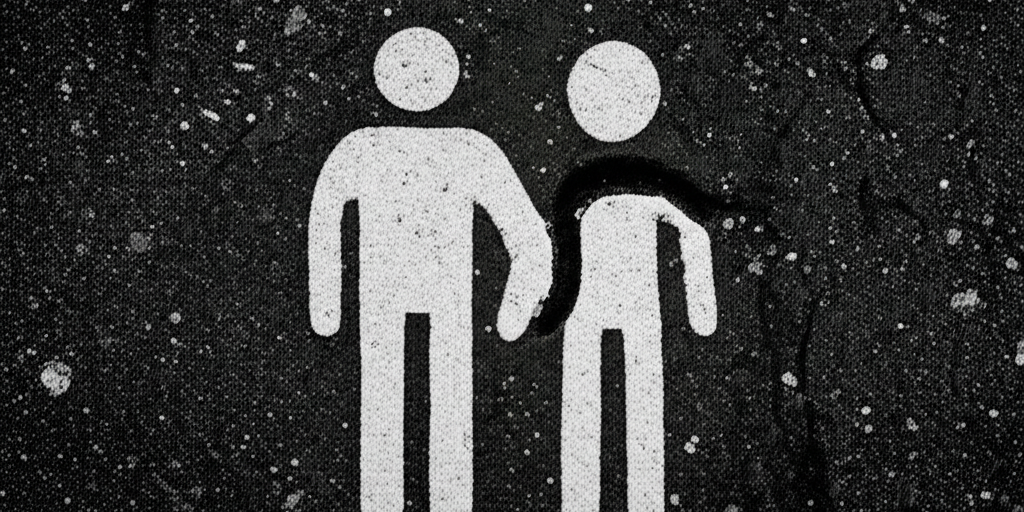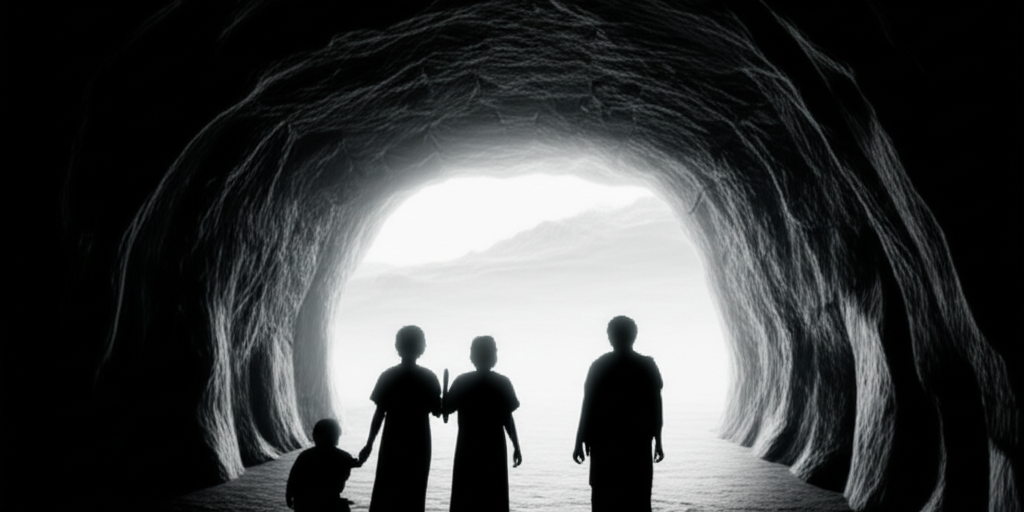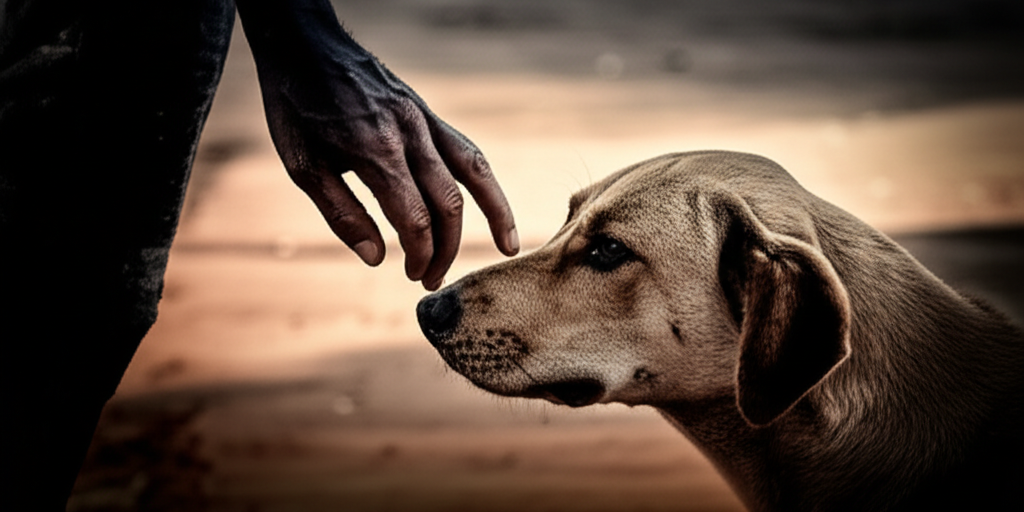The Enduring Enigma: Unpacking the Origins of Monogamy

The Enduring Enigma: Unpacking the Origins of Monogamy
Meta Description: Explore the fascinating origins of monogamy in humans and the animal kingdom, delving into evolutionary theories, biological drivers, and significant cultural influences that shaped this widespread mating system.
Introduction: A Deep Dive into Pair Bonding
Monogamy, often viewed as the cornerstone of human relationships and family structures, is a mating system where an individual forms a long-term pair bond with a single mate. While seemingly straightforward, its origins are complex and debated, spanning evolutionary biology, anthropology, and sociology. Why do some species, including our own, commit to one partner, when alternative strategies like polygamy might appear to offer different reproductive advantages? This article will journey through the leading theories and influential factors that shed light on the enduring enigma of monogamy, exploring both its biological roots and the profound impact of culture.
Defining Monogamy: More Than Just "One Mate"
Before diving into its origins, it's crucial to understand that "monogamy" isn't a monolithic concept. Biologists distinguish between several types:
- Social Monogamy: This refers to a pair that cohabits, maintains a sexual relationship, and often shares resources and parenting responsibilities. However, social monogamy doesn't necessarily imply exclusive sexual fidelity. Many species, including swans, widely considered symbols of fidelity, practice social but not always sexual monogamy.
- Sexual Monogamy: This is defined by an exclusive sexual relationship between two partners.
- Genetic Monogamy: This is the most stringent form, confirmed by genetic evidence that offspring are exclusively produced by the bonded pair. Genetic monogamy is relatively unstudied and often contradicted by evidence of extra-pair paternity.
- Serial Monogamy: Common in Western societies, this involves having a series of exclusive relationships over a lifetime, rather than a single lifelong bond.
While humans often refer to monogamy in a cultural context as a sexually exclusive commitment, its biological definition across the animal kingdom can be more nuanced.
The Animal Kingdom: Where Monogamy is a Rarity (Mostly)
Monogamy is surprisingly rare in the animal kingdom, especially among mammals. Only about 3-9% of mammalian species practice some form of monogamy. However, it's far more common in birds, with approximately 90% of avian species being socially monogamous.
Examples of socially monogamous animals include:
- Prairie Voles: Often cited as a model for monogamy, male prairie voles mate exclusively with their first partner and share parenting responsibilities. They exhibit strong pair bonds and show signs of grief if a partner dies.
- Black Vultures: These birds are known for their strong, lifelong pair bonds.
- Albatrosses: They mate for life, often after an elaborate courtship ritual, and despite spending much time apart at sea, their reunions are affectionate.
- Bald Eagles: These iconic birds mate for life, engaging in impressive courtship displays.
- Certain Primate Species: Around 29% of primates are socially monogamous, such as the coppery titi monkey, which exhibits social and high sexual monogamy, showing stress when separated from their primary partner.
- Coyotes and Wolves: These canids also typically mate for life.
The rarity of monogamy in mammals suggests that it's a specific evolutionary strategy, likely driven by unique pressures.
Evolutionary Theories: Why Monogamy Arose
Scientists have proposed several compelling hypotheses for the evolution of monogamy, particularly in species where paternal care becomes crucial for offspring survival.
The Paternal Care Hypothesis (Mate Assistance Hypothesis)
This is one of the most widely supported theories. It suggests that monogamy evolved because male parental care significantly increases the survival rate of offspring.
- High Cost of Rearing Offspring: In species with altricial young (born helpless and requiring extensive care), such as humans with their large brains and long developmental periods, biparental care is highly beneficial. If one parent alone cannot ensure offspring survival, then remaining with a single mate and investing in shared offspring becomes a more successful reproductive strategy than seeking multiple partners.
- Increased Reproductive Success: Studies have shown that when male parental care is critical, the number of surviving progeny is significantly higher in monogamous pairings. For example, in emperor penguins, both parents are needed to protect the chick and find food in harsh Antarctic conditions. Similarly, in certain amphibian species, male parental care has been experimentally shown to be critical for offspring survival.
The Mate-Guarding Hypothesis
This theory posits that monogamy arises when receptive females are scarce or widely dispersed.
- Preventing "Cuckoldry": A male may stay with a single female to prevent her from mating with other males, thereby ensuring his paternity. This is particularly relevant when mating is restricted to a short period after the female molts, as seen in male clown shrimp.
- Cost-Benefit Analysis: While mate-guarding ensures access to a partner's reproductive potential, it comes at the cost of diminished access to other potential mates. However, if the benefits of guarding outweigh the costs of searching for new mates, monogamy can be adaptive.
The Infanticide Avoidance Hypothesis
This hypothesis, particularly relevant to primates, suggests that monogamy evolved as a male strategy to prevent other males from killing their offspring.
- Vulnerable Infants: Primate infants, with their long lactation periods, are particularly vulnerable to infanticide by unrelated males, who might kill offspring to bring the female back into fertility sooner.
- Paternal Protection: By forming a pair bond and staying with the female, the male protects his offspring from infanticidal rivals, thereby increasing their chances of survival. Some research suggests that infanticide was a key driver of social monogamy in primates.
The Provisioning Hypothesis (Male Provisioning)
This theory, which has been debated, suggests that monogamy evolved in early hominins because males who could carry food back to a home base to provision their mate and offspring gained a reproductive advantage. This is sometimes linked to the evolution of bipedalism, allowing males to carry resources.
Human Monogamy: A Blend of Biology and Culture
While biological factors provide a foundation, the story of human monogamy is deeply intertwined with cultural evolution. Anthropological evidence suggests that while many societies have permitted polygamy, monogamy often became the dominant marriage type within groups. Some researchers even characterize humans as "mildly polygynous" or "monogamous with polygynous tendencies."
Key cultural and societal factors that influenced the prevalence of monogamy include:
- Agriculture and Property Inheritance: As societies transitioned from nomadic hunter-gatherer lifestyles to settled agricultural communities, the accumulation of property and the need for clear inheritance lines likely favored monogamous partnerships to ensure paternity and the transfer of wealth to biological offspring.
- Reduced Within-Group Conflict: Some scientists argue that monogamy evolved by reducing conflict within groups, giving certain groups a competitive advantage.
- Economic Transitions: During major economic shifts, investing more in fewer, well-cared-for offspring (as facilitated by social monogamy) could increase reproductive success, as seen during the Industrial Revolution.
- Social Norms and Expectations: Cultural norms, often reinforced by legal frameworks and religious beliefs, have profoundly shaped and promoted monogamy as an ideal. Christianity, for example, played a significant role in solidifying monogamy in Western culture.
- Democracy and Equality: Some theories link the rise of monogamy to the development of democracy and increased equality, suggesting a positive statistical relationship between one-to-one couples and democratic principles.
It's important to note that even within socially monogamous human cultures, sexual exclusivity isn't always absolute, and serial monogamy is common. The debate continues on whether humans are "naturally" monogamous or if it's primarily a cultural construct. Most experts agree that both biological predispositions and cultural forces have played a role in shaping human mating systems.
Conclusion: An Evolving Understanding
The origins of monogamy are not a singular, easily defined event, but rather a complex interplay of evolutionary pressures, biological adaptations, and cultural developments. From the need for biparental care to protect vulnerable offspring, to mate-guarding strategies in competitive environments, and finally, to the profound influence of societal structures, economic systems, and religious beliefs, monogamy has emerged as a diverse and adaptable mating system. While the precise weighting of each factor remains a subject of ongoing scientific inquiry, it's clear that the enduring human preference for pair bonding is a testament to its multifaceted benefits for survival, reproduction, and social stability.

